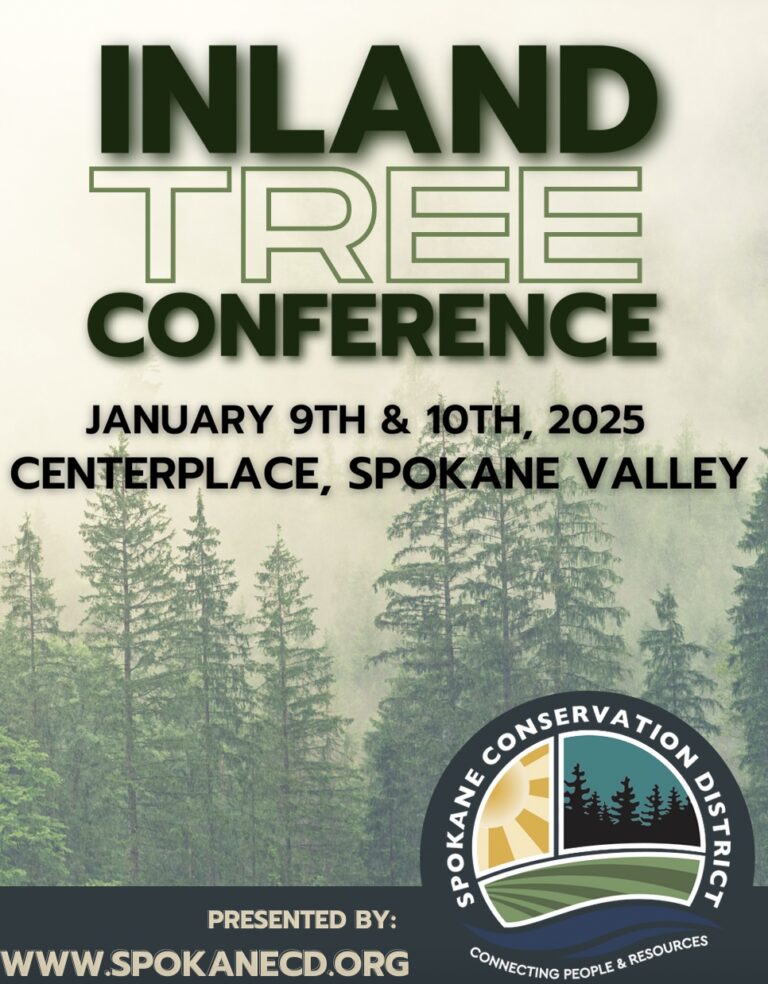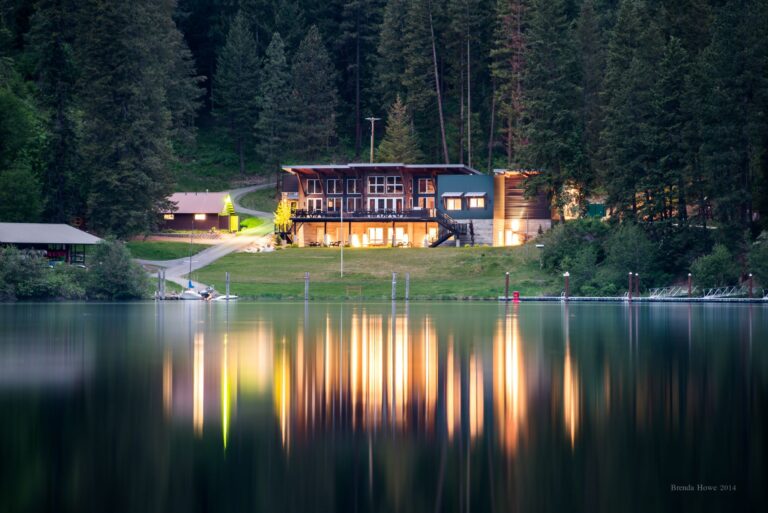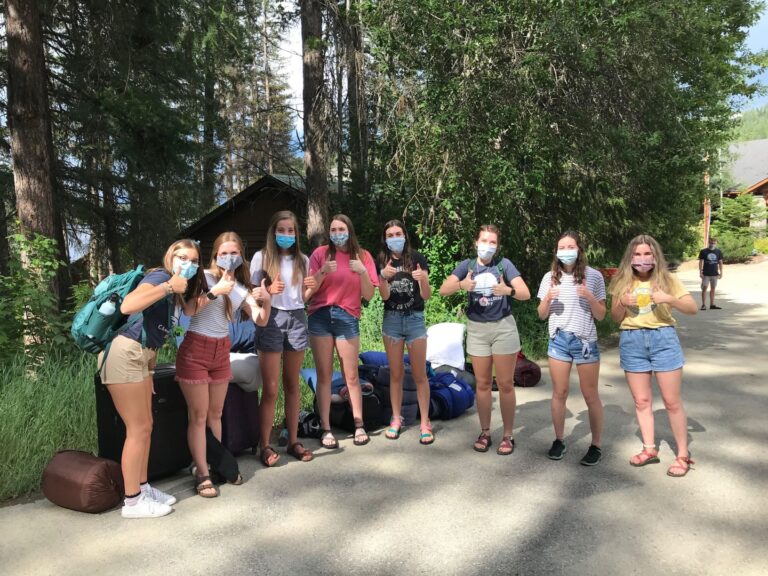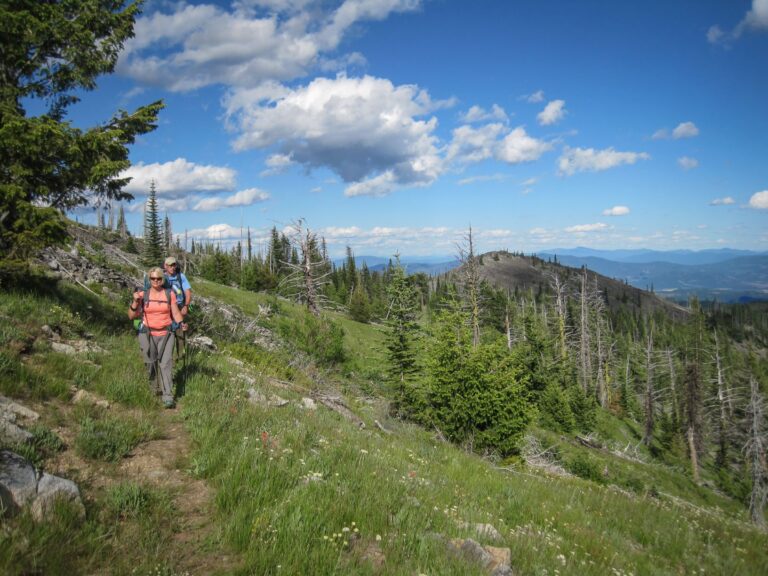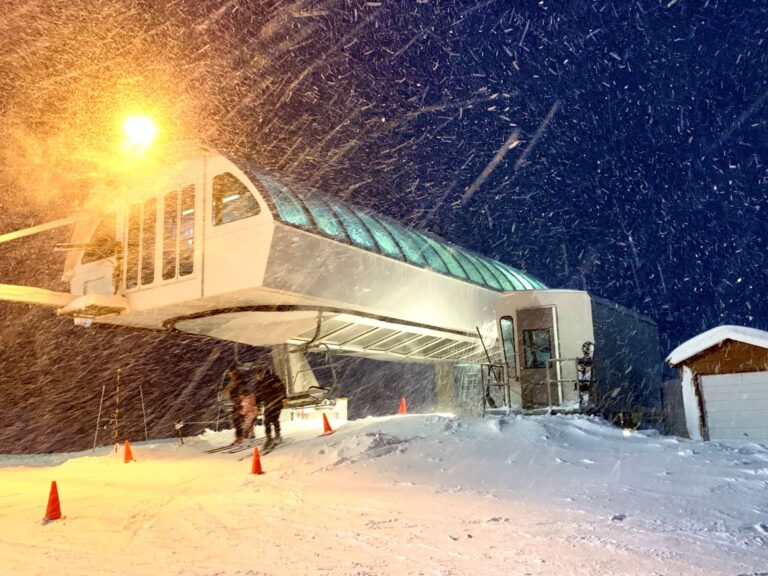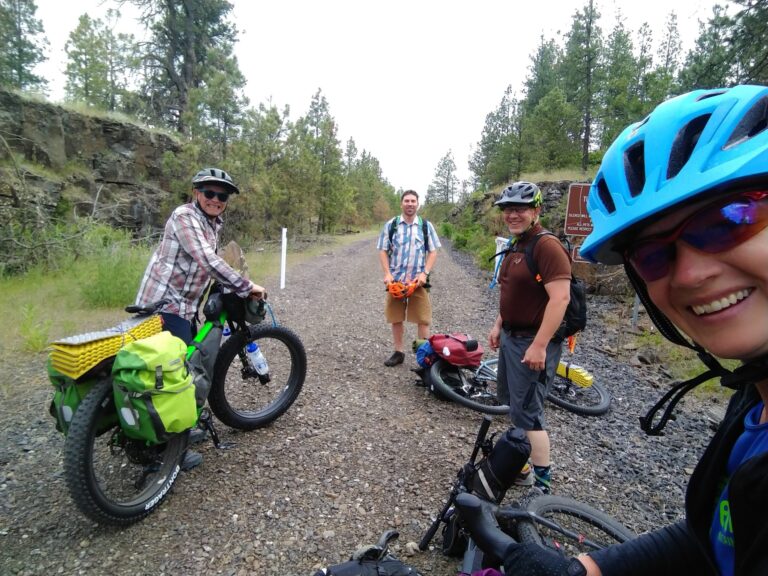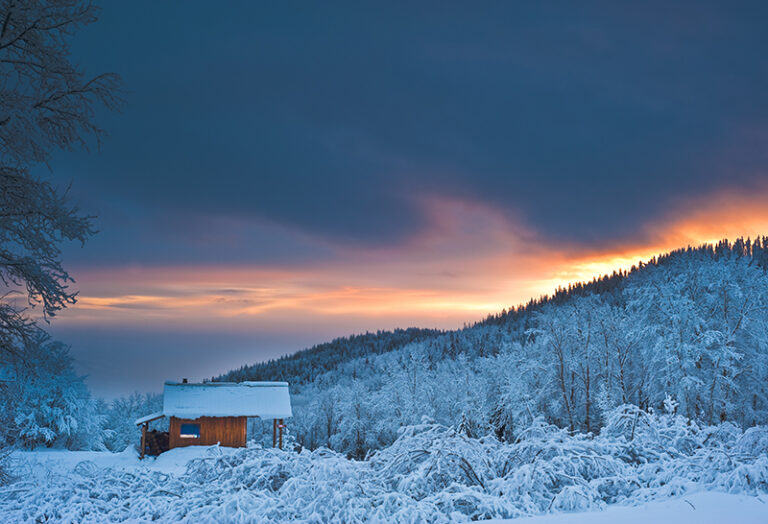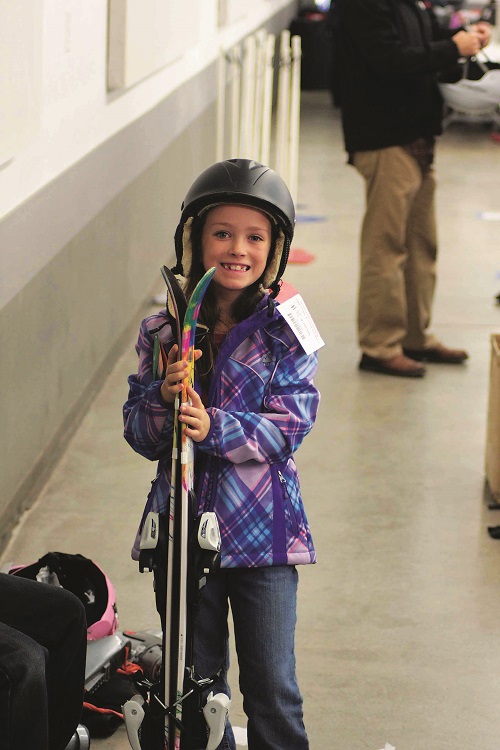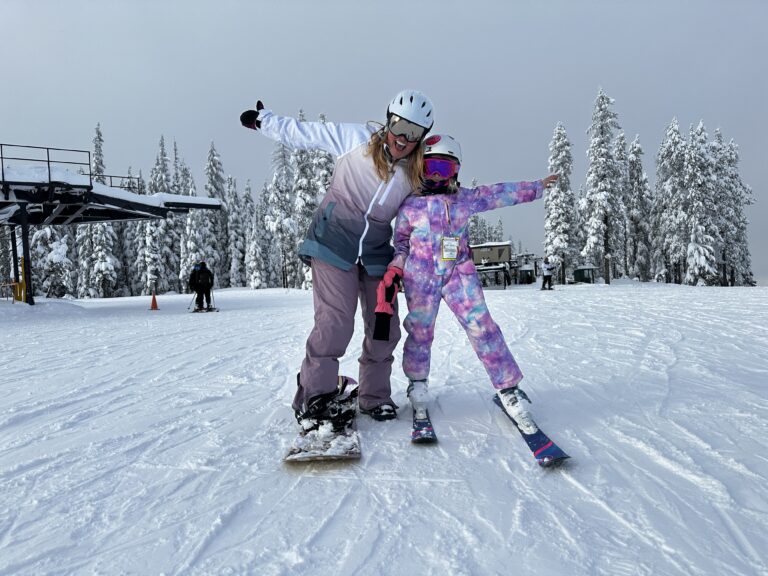By Sammy Berryman
Cover photo courtesy of Mentz Germishuis
Have you ever run 140 miles across East Africa? Me neither, but I tried. In June, I flew to Tanzania to recon an ultrarunning event called Traverse Tanzania. Red Knot Development, the nonprofit that organizes the event, needed a handful of creatives to test their concept: a 140-mile trail run over five days from Simba Lodge to Lake Natron.
Prior to the experience, I had only ever run a marathon. That was at the age of 24—I’m now 35. I’ve dabbled in half Ironman triathlon, two-day team running events, and 24-hour races, but nothing of this caliber. But I have a deeply rooted confidence in myself to give things a go. Not necessarily to complete them, but to try. The worst that might happen is failure, and I can live with that. What I can’t live with is not testing myself, not trying.
From February to June, I slowly ramped up my training, then hopped on a plane from Spokane to Seattle, Seattle to Amsterdam, then on to East Africa landing at Kilimanjaro International Airport. Another runner, Carey, was flying in from Los Angeles. She sent me a message earlier in the year that read, “Hi!! I’m running [Traverse Tanzania] too. It’s my first ultra and I have no idea what I’m doing so…cheers!” We arrived at the Kilimanjaro airport late at night and made the 1.5-hour drive to Simba Lodge through scattered villages with bonfires ablaze and people hanging in doorways, getting haircuts, playing roadside pool.
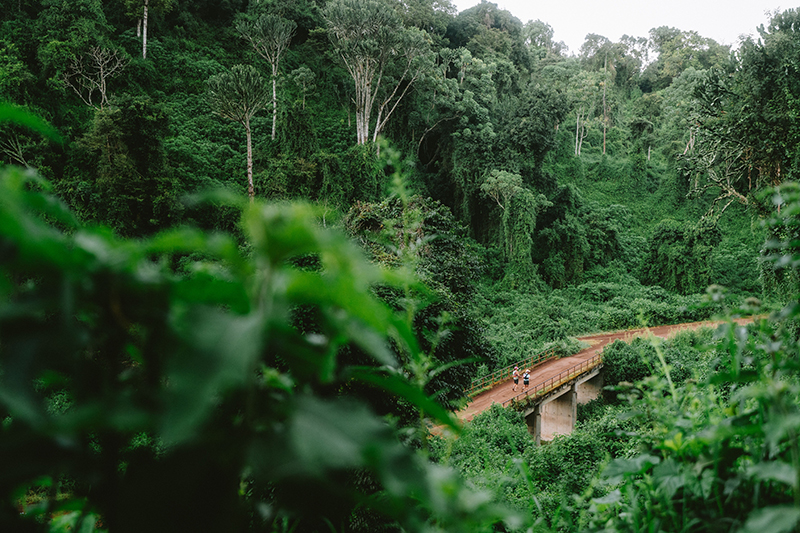
The following morning, we woke at 6 a.m. to seven other participants and a huge buffet breakfast full of crepes, potatoes, beans, watermelon and other goodies. Illuminated in the distance was Mount Meru along with other scattered hills that we would eventually run over and around. Before heading west, however, we would run a 50km (33-mile) loop to the east that peaked at the Shira Plateau on Mount Kilimanjaro. The stage was fittingly titled: Assault on Kili.
As a tactic when attempting hard things, I tend to reduce the monolithic goal down to bite-sized chunks. In the case of stage one up Kili, five feed zones were set up for us, which made it easy to break the day down: Lemosho Gate at 7.5 miles, Shira 1 at 15.4 miles, Morem Barrier at 17.7 miles, Londorosi Gate at 26.1 miles, Forest entry at 29 miles, Simba Farm finish at 33.2 miles.
We were given a start time of 6 a.m. rather than the intended 5:30 a.m. due to two buffalo attacks that happened in Mount Kilimanjaro National Park. Apparently attacks were rare, but the race director thought it was a good idea to give everyone a bit more daylight before entering the park. We all looked around at each other, nodding our heads vigorously and agreed.
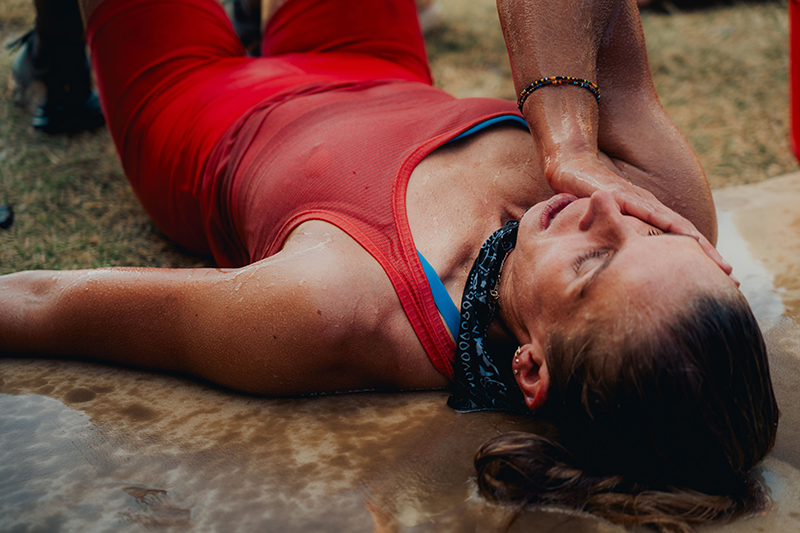
The morning of stage one I woke at 4 a.m. to a rooster screaming in the distance. A goat bleated. Other than that, silence. I unzipped my tent and at that moment swore I was the loudest human on earth. As dawn approached, we toed the start line, giddy with energy. We flicked on our headlamps—it was 6 a.m. and would be dark for another half an hour. The horn signaled our departure and we quickly broke into groups. Carey, Chris, Aaron, and myself up front, Ari, Ricardo, Cristy close behind.
Immediately, I realized that this day would be a formative memory. Unlike shorter, faster paced events, I was able to take in the scenery, hold conversation, and stop to snack and make needed adjustments. Chris and Aaron pulled ahead, leaving Carey and I to chat amongst ourselves.
You’d think that a long day out would be filled with small talk, but it’s incredible how easily you get into deep conversation while doing something challenging with other people. We went straight to the depths of our being. Why were we here? What challenges have we faced? Which relationships broke us? Made us stronger? Who are we doing this for? Ourselves? Someone else? Who we hope to be? Though we had only met 48 hours ago, it was as if we’d known each other for decades.
Right then and there, we decided that we’d stay with each other and finish the day together. Run, walk, talk, eat, drink—for 10 hours, that was our day. We got into a flow as we climbed 7,000 feet to the Shira Plateau, saying “mambo” to porters as we passed them and receiving “pole pole” in response. “Pole pole” (pronounced po-lay) in Swahili translates to “slowly slowly.” What it really means however is, “go as slow as possible, trust the process, it works.”

Spoiler alert: I finished the 33 miles of stage one; ran 20 of 28 miles on day two; 15.8 of 27.2 miles on day three; 13.5 of 29.3 miles on day four; and loaded up on ibuprofen to run the full 28.5 miles on day five. Total accumulation: 110 out of 140 miles.
Perhaps if I had understood the meaning of “pole pole” better, I would’ve taken it to heart and slowed my pace, made smarter decisions, and been more tactical in order to complete each stage. As it stands, I didn’t fully understand “pole pole” until returning home and reflecting on my trip.
During Traverse Tanzania, they were just words with a definition but no personal meaning. I see now that it fits into all aspects of life. Move slowly, put one step in front of the other and trust the process. As I look to future goals—athletic, work, creative—I will remind myself, pole pole. Go slowly. Trust the process. It works. And maybe I’ll even return to Africa next year to finish some unsettled business. Pole pole.
Sammy Berryman is a writer based out of Sandpoint, Idaho. She’s currently training for Lauf Gravel Worlds 300-mile bike race while wondering why she agreed to go.

